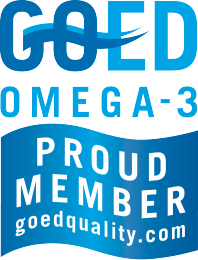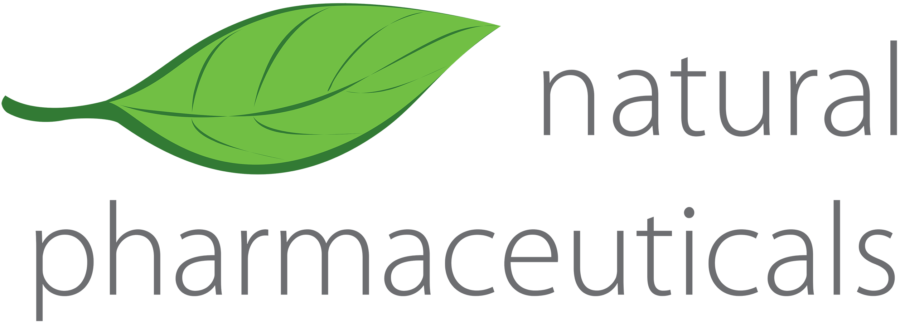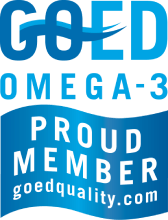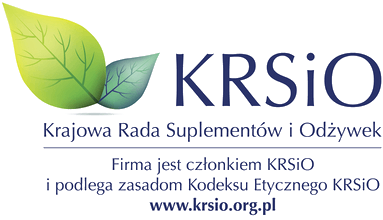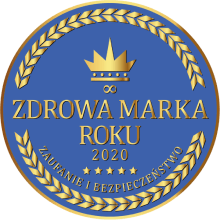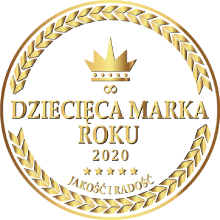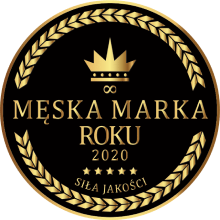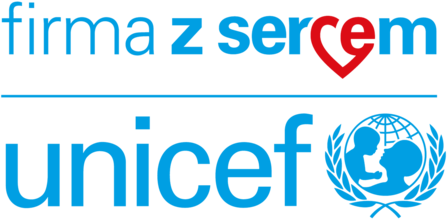
The best Omega-3 comes from salmon
Norway’s history of salmon farming is a huge success story. From its modest start in the 80s and 90s, aquaculture production of Norwegian salmon has become a 7€ billion mega-industry, contributing significantly to the increase in the production of seafood for human consumption. The world is increasingly dependent on better utilization of the ocean for sustainable food production, and salmon farming is a significant contributor.
Salmon is primarily used for human consumption as fish filets.
Pioneer in Omega-3 from salmon
In the 90s, Knut Erik Karlsen’s NaturaMed Pharma in Norway was quickly gaining market share in the fast-growing Omega-3 market. Karlsen was one of a few Omega-3 pioneers who knew that salmon contained a unique composition of marine fatty acid, making it more attractive than most other marine species.
Like other oily fish, such as herring, mackerel, anchovy, sardines, and tuna, salmon is rich in the marine fatty acids called Omega-3. However, unlike almost all other oily fish, salmon has a fatty acid combination of all 3 essential marine fatty acids and not just 2 of them.
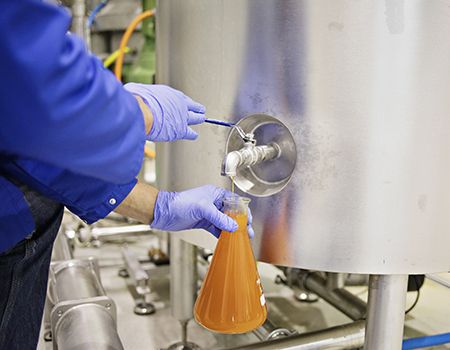
Rich in all three Omega-3 fatty acids
While all oily fishes are rich in EPA (eicosapentaenoic acid) and DHA (docosahexaenoic acid), salmon is also rich in DPA (docosapentaenoic acid). Karlsen had good insight into the research done by J Dyerberg. A famous Danish researcher, he visited Greenland 5 times in the 70s to study the special diet of the Eskimos, which consisted of whale, seal, and salmon. Prior to Dyerberg’s study, experts on health and nutrition were of the understanding that fatty diets were unhealthy and associated with a higher risk of cardiac disease. The Eskimos consumed an abundance of marine fatty acids, and their diet was almost completely free from plant-based food. According to scientific knowledge at the time, this diet should have been very unhealthy. However, Dyerberg observed the direct opposite. Dyerberg found that the Eskimos were very healthy, with almost no cardiac disease. While the Eskimos had 40 words for snow, they did not have a single word for heart attack.
Dutch scientists undertook a large trial study on a share of the Dutch population in the early 80s, and the conclusion was that marine fatty acids contribute to better heart health. The word Omega-3 was suddenly becoming well-known, and the market for Omega-3 products exploded.
The Omega-3 paradox
Karlsen started NaturaMed Pharma in 1991. Karlsen was increasingly concerned with one paradox: the Eskimo’s diet was based on North Atlantic whale, seal, and salmon, all species with an Omega-3 composition of all 3 essential fatty acids, EPA, DHA, and DPA. However, the growing Omega-3 industry was based on anchovies, sardines, and mackerel from the Pacific. These fish have a different Omega-3 composition to the diet of the Eskimos. The most notable difference is that Pacific fish have only 2 of the 3 vital Omega-3s and no DPA. The Omega-3 industry initially preferred the Pacific fish because they were cheap and much cheaper than Omega-3 derived from seal and salmon when measured as price per gram of Omega-3. Karlsen was concerned about this choice.

Breast milk is rich in DPA
Today we know that the Omega-3 fatty acid DPA is more important to humans than previously thought. Recent studies have shown that there is a positive interaction between all 3 main types of Omega-3 in our body. It is very telling that breast milk, containing the most crucial nutrition we ever ingest, is richer in DPA than in EPA and DHA.
As all 3 crucial Omega-3 fatty acids are present in salmon, even 20 years ago Karlsen was eager to introduce Omega-3 based on salmon. He realized that the growing output from the salmon aquaculture industry in Norway represented a unique opportunity that was not being utilized. Around the turn of the millennium, Karlsen’s NaturaMed Pharma, therefore, became one of the pioneers in Omega-3 based on salmon oil.
Nature’s strongest antioxidant
Karlsen was also aware of salmon’s other significant advantages. One of the major consumer concerns with Omega-3 is the rancid taste and smell often associated with oxidized fish oil. It can lead to fishy burps, which many consumers find unpleasant. This means that many people don’t take Omega-3 because of this unpleasant aftertaste, despite understanding the many positive health effects of Omega-3. Salmon has a significant advantage over other types of fish, as it is naturally rich in an antioxidant called astaxanthin.
Astaxanthin is one of nature’s most potent antioxidants, helping salmon oil to oxidize much more slowly than other fish oils. It means that Omega-3 based on salmon oil is fresher than other Omega-3 fish oils, with few issues associated with fishy burps. Karlsen’s mission and that of Natural Pharmaceuticals is to convince people who don’t eat enough fish to take Omega-3 as a dietary supplement. The best possible quality of oxidation is vital to fulfilling this mission. Note that astaxanthin is red, which is why salmon and trout have reddish meat, and why OmegaMarine Forte+ is red
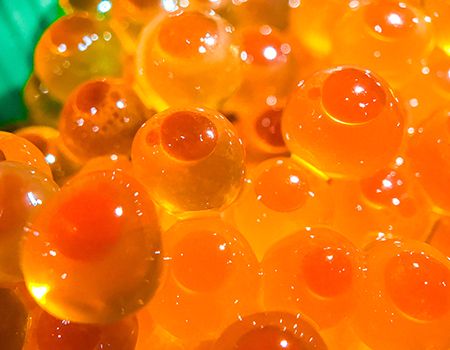
Salmon farming is environmentally sustainable, and one of the world’s most resource-effective ways to produce food. Norwegian salmon farming is very tightly regulated, and farmed salmon is less affected by the contamination of the world’s oceans than its wild counterpart.
Natural Pharmaceuticals is a member of GOED, the industry body for Omega-3.
